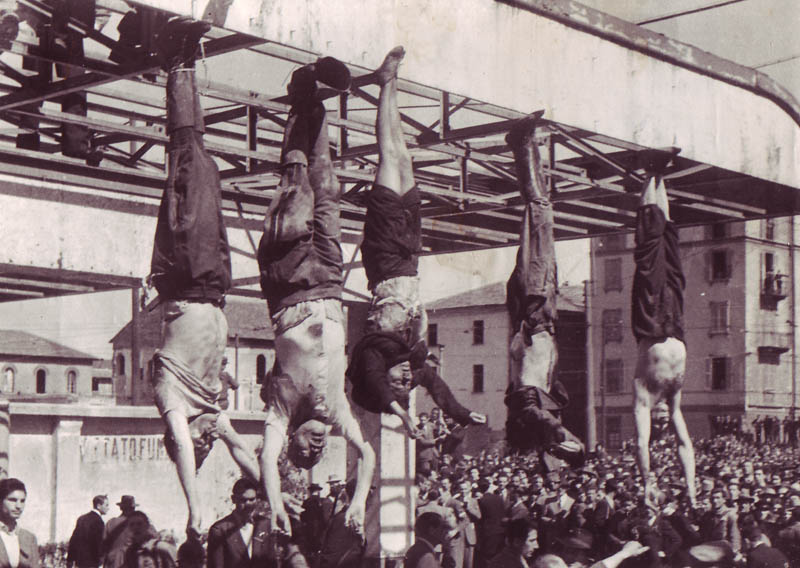Seven different times in the New Testament, Hell is described as a place where sinners cry and grind their teeth. I don’t know why the authors found this imagery so terrifying but maybe it’s because Jesus allegedly used it himself. In the Gospel According to Matthew, the Nazarene explains, “This is how it will be at the end of the age. The angels will come and separate the wicked from the righteous and throw them into the blazing furnace, where there will be weeping and gnashing of teeth.”
Seems harsh, but who am I to argue? Truth be told, however, our modern picture of eternal damnation owes more to Dante Alighieri’s 14th-Century epic poem The Inferno than anything detailed in scriptures. That’s the section of The Divine Comedy where the ancient Roman poet Virgil gives Dante a guided tour of the nine circles of Hell.
I don’t put any stock in the medieval way of looking at the cosmos or possible afterlife, but I still find Dante’s organization of Hell very instructive because it demonstrates a really keen intelligence about all the different ways that human beings can do very shitty things. For Dante, it was important to rank these transgressions and imagine appropriate punishments.
We shouldn’t be surprised to learn that Dante encountered Judas Iscariot in the ninth (or worst) circle of Hell, but it’s amusing to see where others landed. The people he sees in Hell are a mix of ancients and contemporaries, including some Florentines who has personally wronged him. It gives new meaning and power to “poetic license.”
As we go through the circles, it’s hard not to identify our own contemporaries or even ourselves. At the highest level are people who engaged in illicit affairs or other weaknesses of the flesh. Below that are the gluttonous and addicted. Still further, we encounter the hoarders and wasters, then the vindictive and petty. In the seventh circle, we get to those who commit violence. But it’s the eight circle where we get to the real problem cases: seducers, flatterers, panderers, fraudsters and counsellors of fraud, hypocrites, thieves, and corrupt clergy and politicians.
When it comes to our present day politicians, it’s obvious that many belong here in the eight circle of Hell. Donald Trump seems to satisfy placement in every circle, but others give him some stiff competition. And, oh what a fate awaits them!
Sowers of Discord: In the Ninth Bolgia, the Sowers of Discord are hacked and mutilated for all eternity by a large demon wielding a bloody sword; their bodies are divided as, in life, their sin was to tear apart what God had intended to be united; these are the sinners who are “ready to rip up the whole fabric of society to gratify a sectional egotism”. The souls must drag their ruined bodies around the ditch, their wounds healing in the course of the circuit, only to have the demon tear them apart anew.
I suppose it’s nice to fantasize about divine justice, at least once in a while. Lord knows, it can be trying waiting on the earthly variety. And I know that Dante’s poem is not scripture, but his vision is now pretty well bound up with how many Christians view God’s wrath. If you believe that these types of sins warrant and ensure these kind of punishments, then you probably should be praying for Trump’s soul rather than acting like he’s a defender of Western Civilization.
Just sayin.
As a postmortem on this piece, I’d also like to note that near the end of World War Two, there was a plan to dig up Dante’s bones and bring them to the last Italian fascist redoubt in the Alps.
The Valtellina Redoubt or, officially, in Italian: Ridotto Alpino Repubblicano (transl. Republican Alpine Redoubt) or RAR, was the intended final stronghold or redoubt of the Italian fascist regime of Benito Mussolini at the end of World War II in Europe. It was to be based in the Valtellina, a valley in the Italian Alps, which had the natural protection afforded by the surrounding mountains as well as the possibility of re-using fortifications built in the area for World War I. The idea was initially proposed in September 1944 by Alessandro Pavolini, one of the fascist leaders, who saw it as the place for the regime to make a “heroic” last stand which would inspire a future fascist revolution…
…The final German-Italian meeting on the project was held on 14 April. At the meeting, Mussolini introduced the project as the Ridotto Alpino Repubblicano (meaning Republican Alpine Redoubt) and used the acronym of “RAR”. He then asked Pavolini to provide the meeting with details of the plan. Pavolini declared that the Valtellina Redoubt would be “Fascism’s Thermopylae”, a final stand that would inspire future generations. He spoke of setting up a radio station in the valley to broadcast the final days of the stronghold to the outside world and printing a newspaper in the redoubt which would be air dropped on Italian cities. He also proposed having the bones of the medieval Italian poet, Dante brought to the Valtellina from Ravenna so that “the greatest symbol of Italianness” could be present at fascism’s last stand.
The lack of self-awareness is astounding. After committing so many sins, he still thought Dante would want to have anything to do with him. Pavolini and Mussolini were captured, executed, and hung upside down at a Milan gas station. Sometimes there is earthly justice, and what’s tiresome is waiting on the divine.







